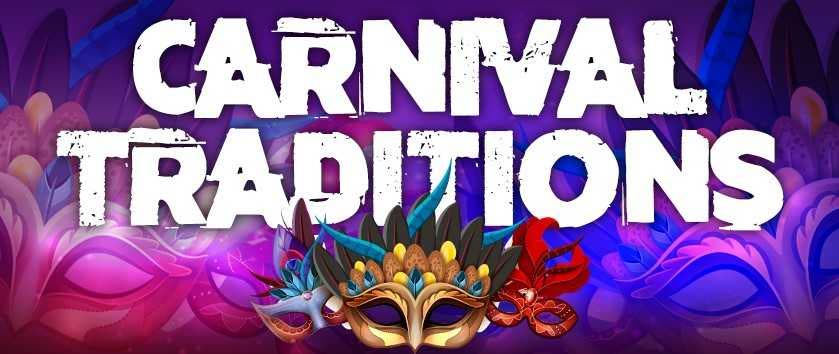Calypso rising and evolving

WHEN the Spanish King José de Gálvez issued the Cedula of Population in 1783, he could not have envisioned just how much he would change the island of Trinidad
The king’s intention to open up the sparsely-populated island to settlers from the French Caribbean brought a new energy to the island, with a French plantocracy culture that introduced Carnival.
Outside those plantation houses, enslaved people concocted their own celebrations, with songs that evolved into the double entendre that became rooted in calypso. Using the tradition of the griot storytellers from West Africa, enslaved people devised songs that poked fun at their masters through concealed messages that only they themselves could understand.
Songs and entertainment would have existed among enslaved people before the French arrival, but these songs found their niche as a counter-celebration to the French ones. Over time, the songs of enslaved people became known as kaiso, which evolved into a music known as calypso. Initially, calypso concentrated on storytelling, and it used traditional melodies in the public domain. By the 20th century, calypso blended other popular musical elements – like American jazz – that made its way to Trinidad’s shores.
The terms calypso and kaiso were often used interchangeably, and, “Kaiso!” was often shouted in traditional calypso tents to single out exceptional lyrics.
Growling Tiger was the first official national calypso monarch, crowned in 1939.
In the early 1970s, soca, a more danceable music with a faster tempo, evolved. Maestro (Cecil Hume) is credited with speeding up the tempo; Lord Shorty (Garfield Blackman) is credited with blending African and East Indian music for its sound, and Shadow (Winston Bailey) with the bass lines that gave calypso music its heartbeat. Calypso and soca continue to evolve, but their roots remain strong.


Comments
"Calypso rising and evolving"